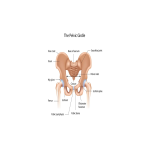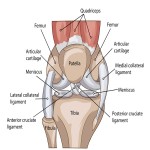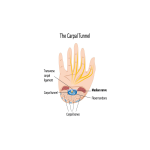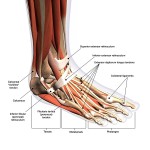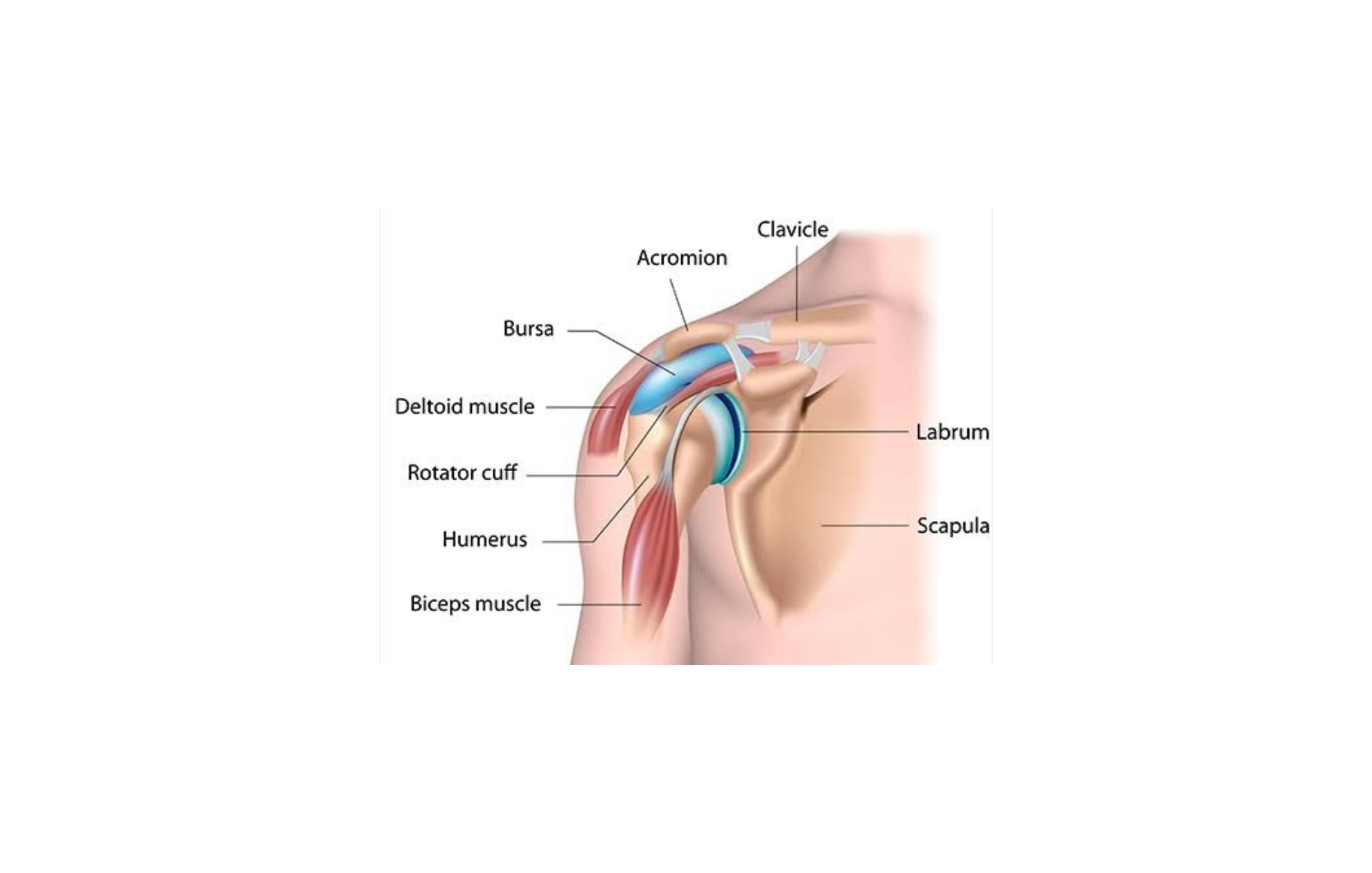The shoulder is one of the largest and most complex joints in the body. It comprises: the humerus (upper arm bone) which fits loosely into the scapula (shoulder blade) using a ball and socket joint; the acromion, which projects off the scapula; the clavicle (collarbone) which meets the acromion in the acromioclavicular joint and the coracoid process which projects from the scapula.
The rotator cuff is the name given to the muscles and tendons that surround the shoulder, providing support and movement. The tendons are protected by the bursa which is a sac of fluid. The ball-like head of the humerus fits into a cuff of cartilage called the labrum.
The elbow is a hinged joint that connects the humerus (upper arm bone) and the bones of the forearm (ulna and radius). Cartilage cushions the joint and allows the bones to slide smoothly against one another.
The medial collateral ligament on the inside of the elbow and the lateral collateral ligament on the outside of the elbow hold the bones together and provide stability. The annular ligament holds the head of the radius against the ulna.
Tendons attach muscle to bone. The biceps tendon attaches the biceps muscle at the front of the arm while the triceps tendon attaches the triceps muscle at the back of the arm. Most of the muscles are either attached to the lateral epicondyle, which is the bump on the outside of the elbow, or the medial epicondyle which is the bump on the inside of your elbow.
